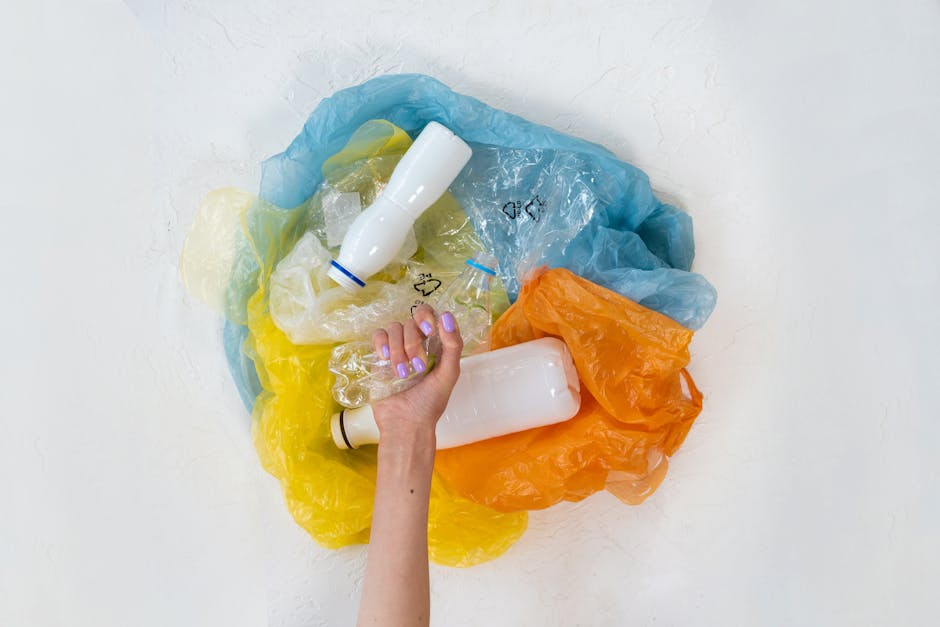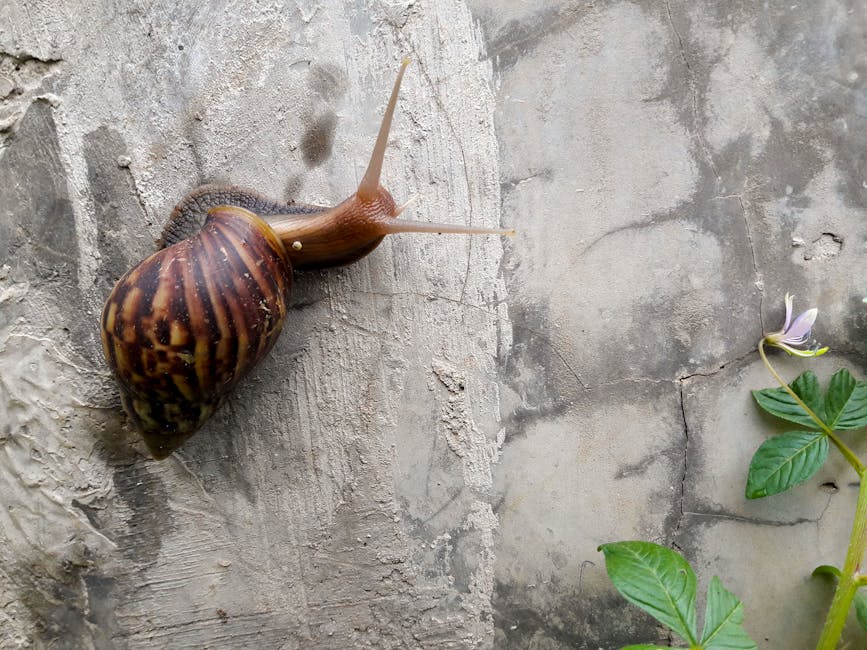In the world of extreme survival, we often think of hardy adventurers or microscopic tardigrades. But today, the crown might just go to one of the most common, overlooked plants on Earth: moss. In an astonishing feat of biological resilience, scientists have confirmed that a species of moss not only survived but thrived after spending a full year exposed to the brutal, unforgiving vacuum of space on the exterior of the International Space Station (ISS).
The Ultimate Survival Test in a Vacuum
Let’s put this into perspective. This isn’t about growing plants inside the climate-controlled modules of the ISS, a feat we’ve already achieved. This is about being bolted to the outside, in an environment where survival is measured in seconds, not months. The moss was subjected to a hellish cocktail of conditions:
* The complete vacuum of space.
* Wild temperature swings from a scorching 120°C (248°F) in direct sunlight to a bone-chilling -160°C (-256°F) in the shade.
* A constant bombardment of unfiltered ultraviolet and cosmic radiation.
It’s an environment that would flash-freeze and shred any unprotected human instantly, yet this humble plant endured.
The Tanpopo Mission and the Panspermia Theory
The experiment was part of Japan’s Tanpopo astrobiology mission, designed to test the limits of life and explore the “panspermia” theory. This is the fascinating idea that life isn’t unique to Earth but could travel between planets, perhaps hitching a ride on asteroids or comets. For this theory to hold water, simple life forms would need to survive the harsh journey through space.
This humble moss passed the test with flying colours. When the samples were retrieved by astronauts and returned to a lab on Earth, researchers held their breath. They rehydrated the desiccated, seemingly lifeless clumps. The result was nothing short of miraculous. A significant portion of the moss cells not only repaired their radiation-damaged DNA but began to grow and photosynthesise again, as if waking up from a very, very long nap.
Why Moss Surviving Outside the Space Station Matters
So, what does this incredible discovery mean for us? The implications are massive, both for the future of space exploration and for life here on Earth.
First, it gives a huge boost to the panspermia theory. If a relatively complex plant like moss can survive for a year, it’s entirely plausible that more primitive microbes could survive for millions of years, potentially seeding a young Earth with the building blocks of life from elsewhere in the cosmos.
Second, this has profound implications for space colonisation. As agencies like ISRO forge ahead with missions like Gaganyaan and plans for new space stations, understanding how to sustain life beyond Earth is paramount. This experiment suggests we could potentially use genetically-engineered, moss-like plants to help terraform planets like Mars. Imagine future Martian greenhouses cultivating ultra-resilient crops that can withstand extreme conditions, all thanks to the secrets locked away in this tiny plant’s DNA.
Finally, the knowledge gained could have direct benefits on Earth. By studying the genes and proteins that allow moss to perform this incredible act of self-repair, we could potentially engineer crops that are far more resistant to drought, radiation, and extreme temperatures—a critical need for a world facing the challenges of climate change.
The universe just showed us that life is tougher, more stubborn, and more resourceful than we ever imagined. The next time you see a patch of green moss, give it a nod of respect. You’re not just looking at a simple plant; you’re looking at a certified astronaut.




